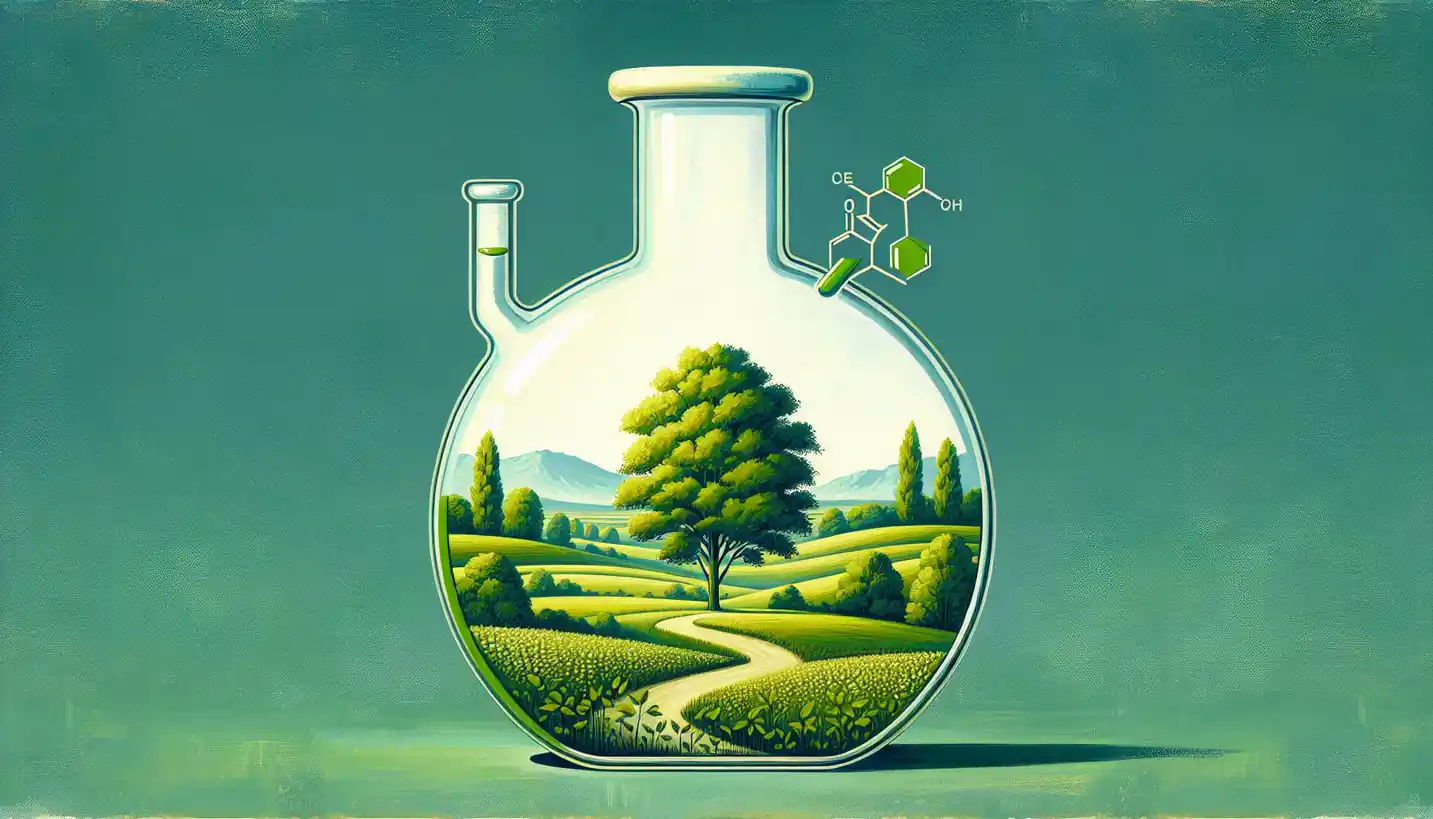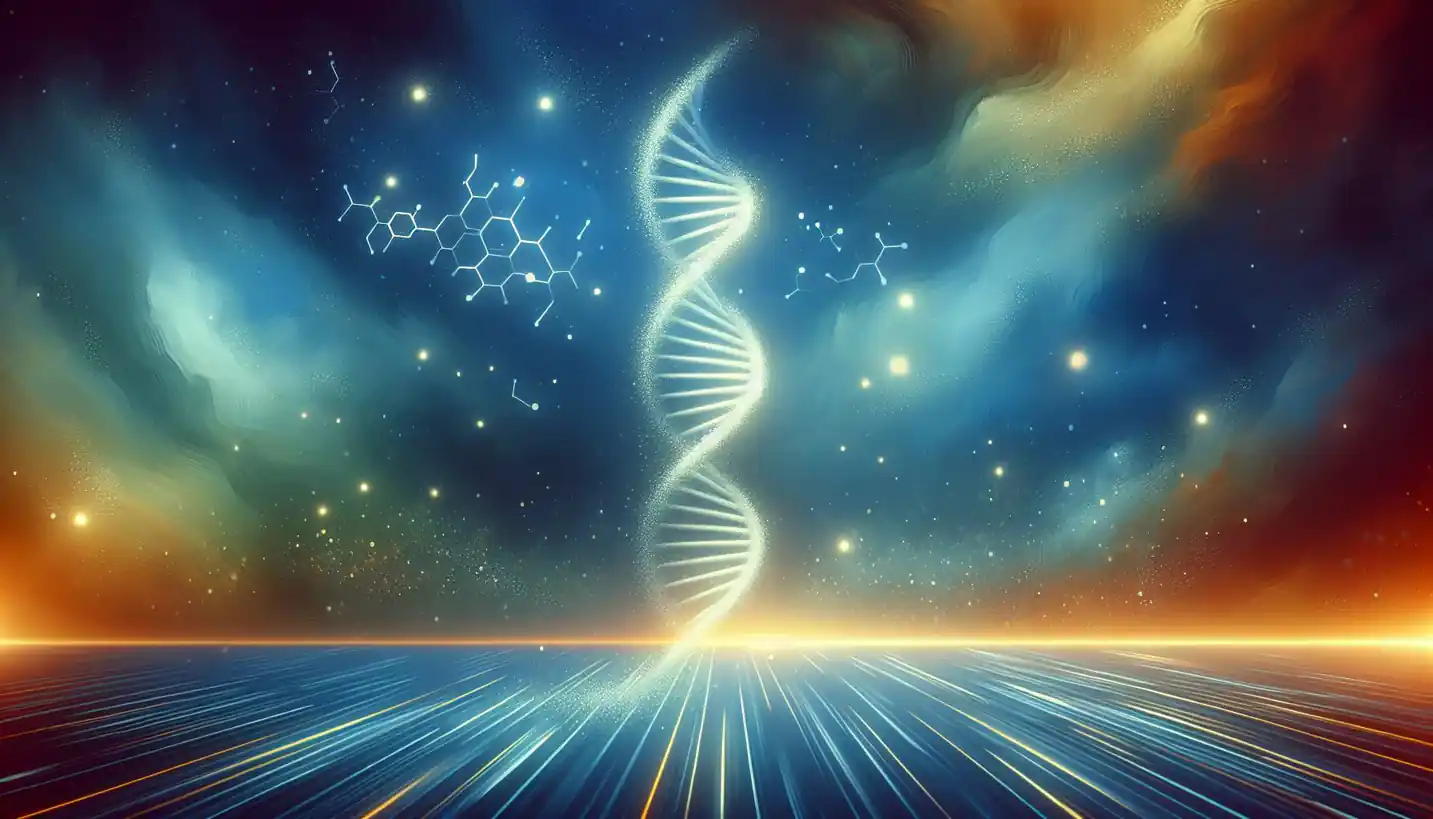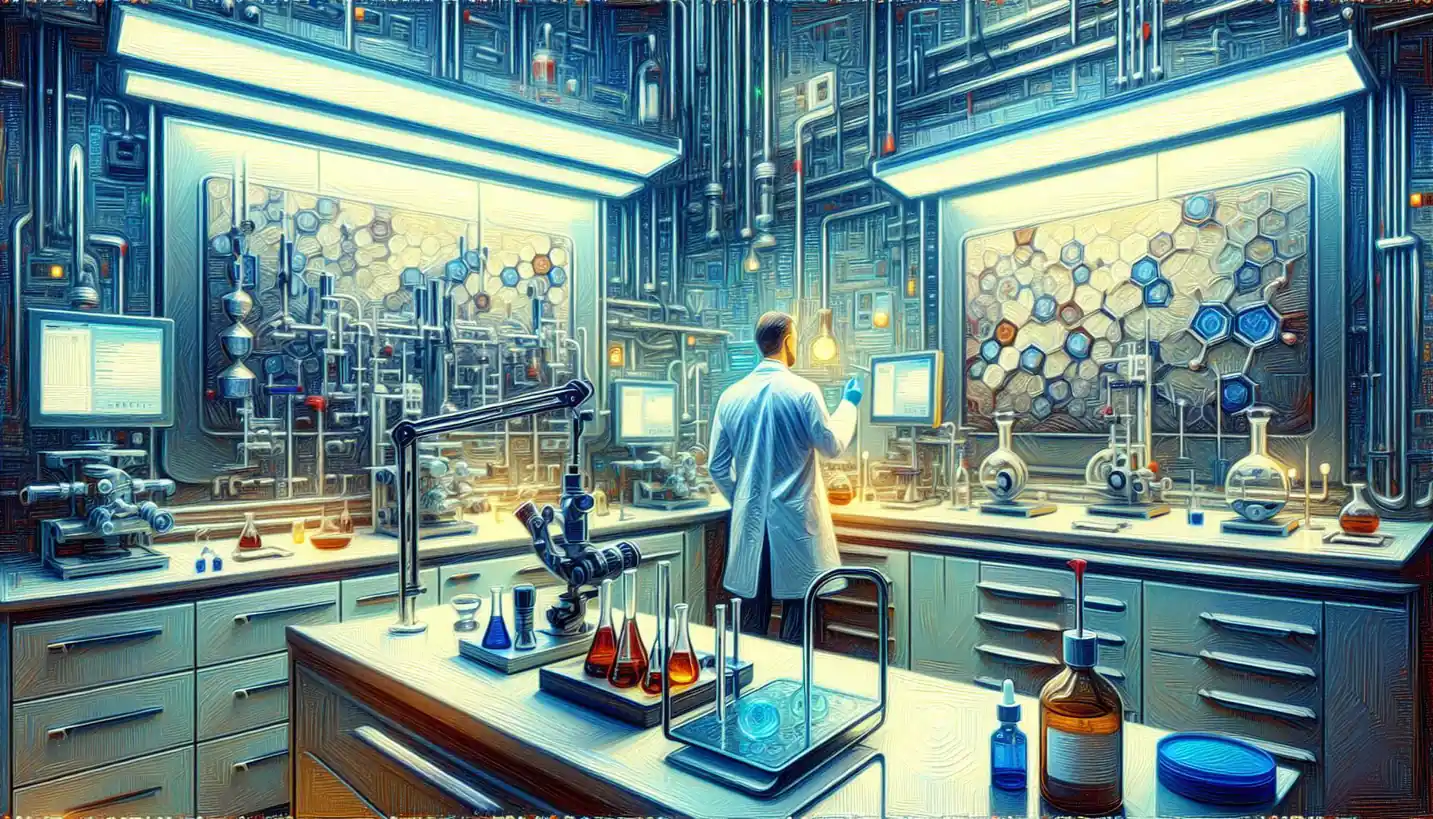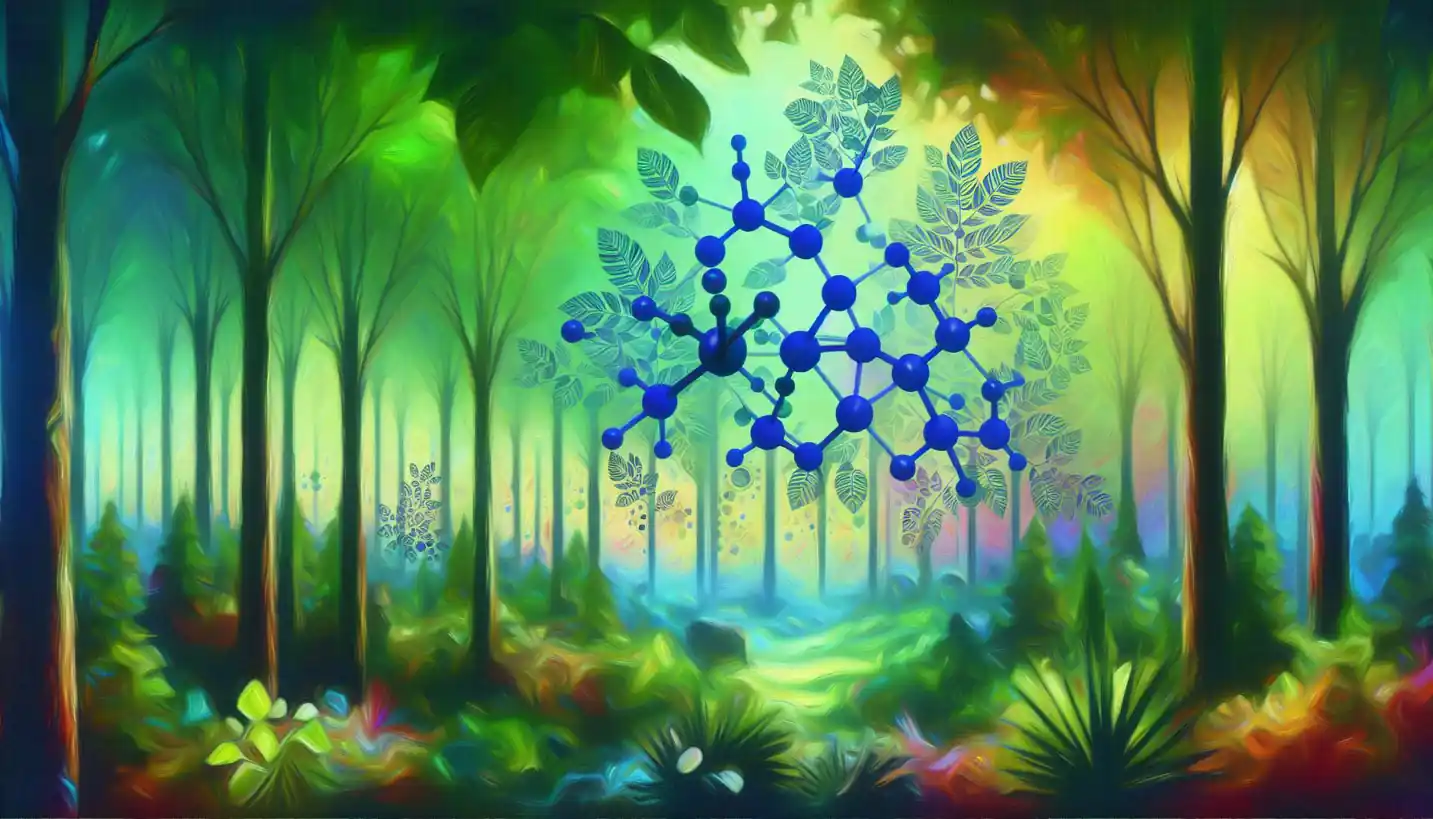· Chemistry · 5 min read
Understanding Crystallinity: A Peek into the World of Polymer Chemistry
Crystallinity provides insight into the organized nature of polymers, offering a peek into the world of polymer chemistry.

When you think about plastics, the word ‘crystallinity’ might not be the first thing that pops into your mind. But believe it or not, this concept plays a huge role in shaping the properties of everyday materials.
Crystallinity in polymers is a bit like arranging books on a shelf. Imagine you’ve got stacks of books lying all over the place. Some of the books are neatly organized while others are in a complete jumble. This is similar to how polymer chains can arrange themselves, and these arrangements give materials their unique properties.
What is Crystallinity in Polymers?
Crystallinity refers to the degree of structural order in polymers. Think about polymers as long chains of molecules, a bit like spaghetti. Sometimes these chains line up in an orderly fashion, forming ‘crystallites’. Crystallites are regions within the polymer where the chains are packed together neatly. The rest of the material might be more like a tangled mess of spaghetti — this is called the amorphous region.
The amount of crystallinity in a polymer affects its mechanical properties, optical clarity, melting temperature, and even its permeability to gases. A higher degree of crystallinity often means a tougher, more opaque material, while lower crystallinity can result in a softer, more transparent material.
How Does Crystallinity Affect Material Properties?
Let’s talk about toughness and flexibility. Polymers with high crystallinity, like some types of nylon, tend to be stronger and more rigid. This happens because the orderly arrangement within the crystallites acts like a fortress, making it harder for the material to break or deform.
Conversely, amorphous polymers, such as those found in rubber, are usually more flexible. Their chaotic structure allows them to stretch and bend, making them ideal for products that need to absorb shock.
Optical properties are another fascinating aspect of crystallinity. Crystalline regions scatter light, which is why highly crystalline materials can appear opaque. Amorphous polymers often let more light pass through, giving them a clear and glassy appearance.
Temperature resistance is also crucial. Highly crystalline polymers usually have higher melting points because the orderly regions require more energy to break apart. This makes them suitable for applications involving heat, like cooking utensils or automotive components.
Real-Life Applications: Where Do We See Crystallinity?
Crystallinity is all around us. Take polyethylene, one of the most common polymers. It’s used in everything from plastic bags to water pipes, and its crystallinity can be adjusted to suit different needs. Low-density polyethylene (LDPE) has lower crystallinity, making it flexible for use in films and packaging. High-density polyethylene (HDPE), with higher crystallinity, is tougher and used for more rigid products.
Consider the world of textile fibers, where crystallinity plays a vital role. Polyester and nylon fibers are engineered with specific crystallinity to give fabrics strength, elasticity, and durability. This is why your nylon jacket keeps you warm and dry, while a polyester shirt stays comfortable and wrinkle-free.
Measuring Crystallinity: How Do Scientists Do It?
Scientists have some cool tools up their sleeves to measure crystallinity. Techniques like X-ray diffraction and differential scanning calorimetry (DSC) help us understand how much of a polymer is crystalline versus amorphous.
X-ray diffraction works by bouncing X-rays off the sample and observing the patterns that emerge. These patterns reveal how organized the polymer chains are. The more defined the pattern, the more crystalline the material.
Differential scanning calorimetry measures the heat flow in and out of a material as it is heated or cooled. Because crystalline regions have distinct melting points, DSC can provide insights into a material’s crystallinity.
The Future of Polymers: Why Crystallinity Matters
The future is bright for polymers, and crystallinity is a big part of it. As the world looks for sustainable materials, understanding and controlling crystallinity can lead to innovative solutions. From biodegradable plastics to advanced aerospace materials, the potential is vast.
Researchers are exploring ways to manipulate crystallinity to create polymers that mimic nature, like flexible yet tough spider silk or the self-healing properties of skin. These advances could revolutionize how we think about materials in medicine, construction, and beyond.
Why Should the Average Person Care About Crystallinity?
You might be wondering, why does all this matter to me? Well, understanding crystallinity can help you appreciate the everyday products you use. Whether it’s the durability of your sports gear, the airtight seal of a plastic container, or even the clarity of your eyeglasses, crystallinity is a silent partner making these materials function the way they do.
And as consumers become more environmentally conscious, knowledge about how materials are made and perform can empower you to make informed choices. For instance, when comparing different types of packaging or textiles, understanding the role of crystallinity can guide you toward products that meet your needs and align with your values.
A Glimpse into Tomorrow
Crystallinity is more than just a scientific curiosity; it’s a key ingredient in the recipe for countless innovations. As we forge ahead into a world increasingly reliant on technology and sustainable practices, the understanding of crystallinity will continue to shape the materials of tomorrow.
By demystifying this concept, we not only appreciate the brilliance of polymer chemistry but also recognize its integral role in building a more resilient and exciting future. So next time you pick up a plastic product, think about the unseen order within, and how it contributes to the world around us.



